9 powerful tips to help you protect your eCommerce business from security attacks
Are you worried about hackers infiltrating your eCommerce business? It’s a valid worry.
Why is security a major concern for your eCommerce business?
Every year thousands of businesses are compromised by security attacks. It is difficult to keep your digital assets safe from the rogue forces. Most importantly, compromised security can deteriorate customer trust and impact your bottom line. It is thus important to maintain the checks and balances that will help you protect your eCommerce business from attacks.
Guarding your eCommerce store
Here are some of the precautions that can help keep your worries at bay and make your online store secure:
1. Implement SSL security
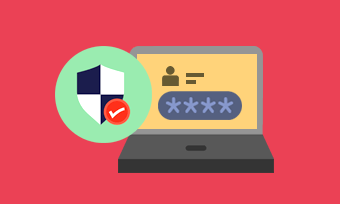 SSL stands for Secure Sockets Layer. Implementing a SSL certificate to your site can help you create the first line of defense against hackers.
SSL stands for Secure Sockets Layer. Implementing a SSL certificate to your site can help you create the first line of defense against hackers.
Without SSL, the communication between a website and its user is easy to intercept. A third party can listen to this communication and find out important information like passwords and credit card numbers.
SSL ensures that the communication is encrypted. The third party can still listen to the information exchange, but they wouldn’t be able to make any sense of it due to the encryption. This simple method can help you stop hackers from stealing data from your website.
SSL certificates are cheap to buy. Most modern eCommerce platforms already have this feature implemented. You can easily buy the security certificate and turn on this feature for your eCommerce site.
2. Choose a safe and reliable eCommerce platform
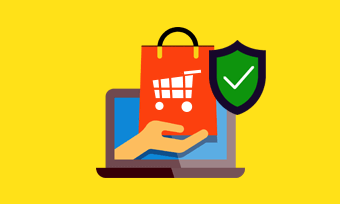 Not all platforms are created equal. Some platforms might offer shiny gadgets or functionalities that can introduce security vulnerabilities.
Not all platforms are created equal. Some platforms might offer shiny gadgets or functionalities that can introduce security vulnerabilities.
Before choosing a platform, it is a good idea to consider the safety and reliability reputation of a platform. There are a number of eCommerce platforms in the market that are enjoying a majority in the web space. Some of the top names include- Shopify, Magento, Woocommerce, Prestashop, BigCommerce and many more. Research about their reviews on user forums and other resources to choose the best technology that matches your business requirements.
Yesterday’s best eCommerce platform might not be reliable and secure due to lack of maintenance or software updates. In case you are already using a platform since long, it is cumbersome to change the technology in one go. It’s advisable to keep your technology platform up-to-date to protect your eCommerce business from attacks. Any previous versions might pose a problem of compatibility with latest enhancements or extensions.
3. Plan a multi-layered security architecture
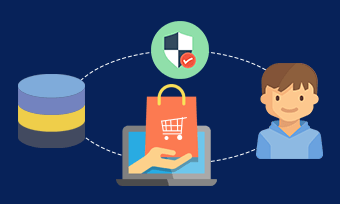 When choosing an eCommerce platform, it is a good idea to analyze its architecture. A layered architecture is a better choice in terms of the security it provides.
When choosing an eCommerce platform, it is a good idea to analyze its architecture. A layered architecture is a better choice in terms of the security it provides.
A platform that tries to complete all tasks and functions from a single module is more vulnerable. Every task that it performs will create an opportunity to take down the whole system. However, a good security design groups similar tasks and functions into modules and puts them in different layers.
The user interface tasks will be in a separate module and layer from the database management ones. Thus, if a module is attacked, it can be easily isolated and quarantined. This makes the whole system more robust against possible hackers.
4. Set up security alerts
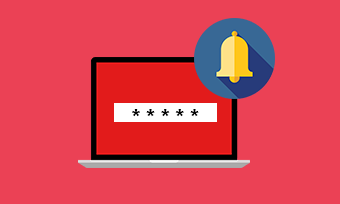 Setting up smart security alerts can provide a line of defense against unexpected behaviors. Security alerts can be implemented on different layers of architecture.
Setting up smart security alerts can provide a line of defense against unexpected behaviors. Security alerts can be implemented on different layers of architecture.
Sales layer can monitor if there are possible clients using multiple credit cards from the same account.
Network layer can look at the origin of transactions and alert the administrators of any activities that seem suspicious. A sudden surge in traffic can be a sign of possible hackers ramping up activity.
Multiple password changes in rapid succession can be a sign of hackers trying to crack passwords. A well-researched list of security checks on the vulnerable points of the system will ensure to protect eCommerce business by making it harder for security threats to be successful.
5. Integrate secure and trusted payment gateways
 Due to the expansion of eCommerce, there are multiple gateway choices available for an eMerchant. Payment gateways differ in their rates and processes. You can use multiple gateways to cover different kinds of payment methods.
Due to the expansion of eCommerce, there are multiple gateway choices available for an eMerchant. Payment gateways differ in their rates and processes. You can use multiple gateways to cover different kinds of payment methods.
Customers tend to like it when their favorite method is available. However, it is important to check if the gateway supports basics, like CVV (Card Verification Value) code. Without CVV code support, it becomes easier to submit stolen credit card numbers to your site. Also, a trusted payment gateway will have its own robust security checks to protect eCommerce business.
It should strictly adhere to the PCI compliance rules. However, it is important to be aware about the key points and myths that are normally associated with PCI compliance:
6. Practice data security and relevance
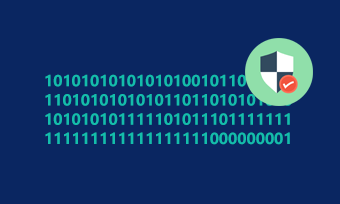 Every byte of data is an asset that can be stolen. It is important to store only relevant information about recent client transactions.
Every byte of data is an asset that can be stolen. It is important to store only relevant information about recent client transactions.
Some companies store all their client credit card numbers, CVV, and addresses. If hackers get access to the eCommerce site, they can steal everything. This makes the company liable for a larger array of data than necessary.
So, it is important to purge unnecessary information from the database on a regular basis. In the case of a breach, only a subset of your customers will be compromised.
7. Track orders to avoid scams
![]() Even with today’s technology, a lot of old school credit card scams are still alive.
Even with today’s technology, a lot of old school credit card scams are still alive.
Use an efficient tracking system, so you can keep track of every piece of merchandise you ship. It can help you avoid scams like chargeback frauds where a customer purchases with a valid credit card, receives the merchandise and then submits a false claim of no-shipment.
A business without a good system can’t fight against this kind of claim. A tracking system with proof of receipt can help you ward off these criminals from taking advantage of your business.
8. Restrict third party links and advertisements
 Bad third party links and advertisements can harm your business in multiple ways. They might lure users to sites with unsavory business practices, use phishing scams, or might be just contrary to your business values.
Bad third party links and advertisements can harm your business in multiple ways. They might lure users to sites with unsavory business practices, use phishing scams, or might be just contrary to your business values.
Restricting the links and advertisements keeps your business safe from any malicious process or code that these companies might be using.
9. Perform regular risk assessment and testing
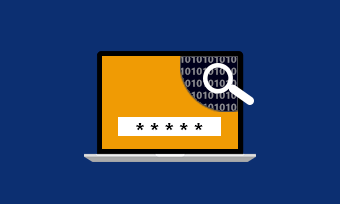 Security threats in eCommerce are always changing. With every new payment method or customer acquisition technique, new potential vulnerabilities are introduced to a platform.
Security threats in eCommerce are always changing. With every new payment method or customer acquisition technique, new potential vulnerabilities are introduced to a platform.
Keeping track of changes through proper change management can help you stay ahead of the game. In this way, your eCommerce business can assess new risks, implement solutions, and test them out before real attacks take place. It follows the old adage, prevention is better than cure!
Conclusion
In 2016, big names like Yahoo, DNC, and NSA got hacked. Especially, when you look at the NSA (National Security Agency) hack, you might feel like your business has no chance.
It is important to understand that the vulnerabilities depend on the size of your business. So, if you have a small business or a small customer base, you might be able to prevent attacks by implementing simple steps.
An attack like DDOS (Distributed Denial of Service) requires hackers to organize massive resources. Your site might not attract such large-scale attacks. But you never know your site may be a victim of such large-scale attacks as well.
You will always have to take a step further to be able to ensure that your business is safe. Taking precautions can help prevent the most common problems and improve your odds.
Also, choosing the right technology for your business directly impacts your idea. Every business has a different set of requirements when choosing a platform to start with. In this case, your technology partner plays a significant role. At Kays Harbor, we drive the best business decisions and develop a market-friendly web solution for your business.
Not to forget – technology has its loopholes. Making the best use of this available technology for your business keeping these security concerns in mind should be your larger aim.
To set your worries aside, we curated an overall roundup that touches all the business strategies and technology aspects of building an online store. Read our online business development blueprint to get our insights and best practices.



Mahima,
Yours was a very in depth article on how to become PCI compliant. I wrote my own on why you want to become PCI compliant. It includes information about how much a data breach usually costs merchants, both in lost customers and PCI compliance fees. I hope your readers find it interesting as well! https://www.merchantcardservicespro.com/payjunction-pci-compliance/
Joe, from PayFrog